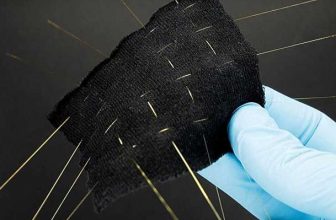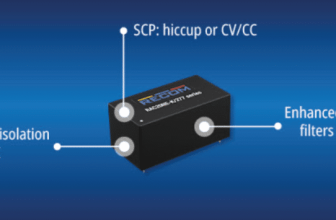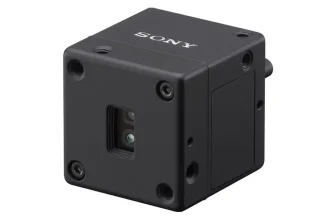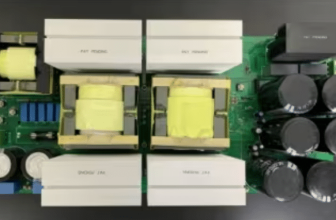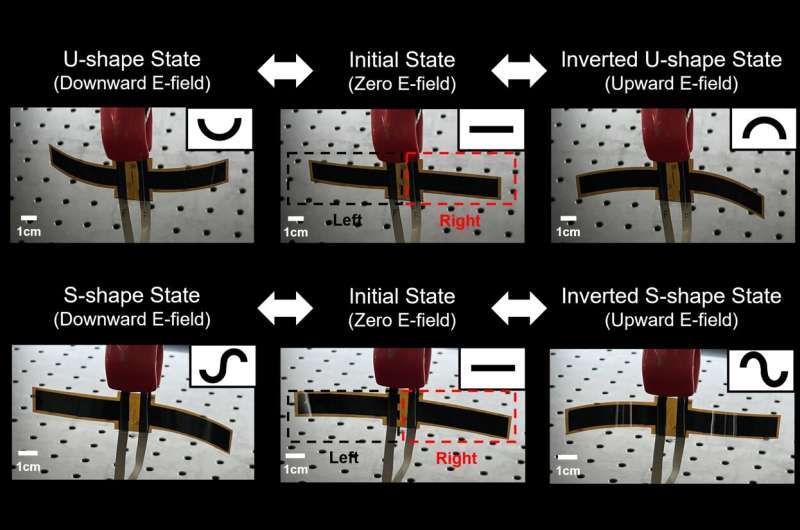
Check out our latest products
The OLED panel can change shape and produce sound without speakers or mechanical parts, offering new possibilities for smartphones, cars, and wearables.

A research team from POSTECH has created the world’s first smartphone-style OLED panel that can change its shape and act as a speaker without losing its thin and flexible design.
While the display industry is shifting toward flexible screens that bend, fold, or stretch, most devices still rely on mechanical parts like hinges or sliders. These add bulk and limit design options, especially for smartphones and wearables where slim, sleek designs are important.

Additionally, immersive experiences often require separate speaker modules, increasing device complexity. Combining shape adaptability and audio output has been a major challenge until now.
Shaping transformation and sound integration
The research team developed an innovative ultra-thin piezoelectric polymer actuator to address these limitations. When combined with a flexible OLED panel, this actuator allows the display to electrically transform into various complex shapes, including concave, convex, S-shaped, inversed S-shaped, and wave-like forms, creating a dynamic, motion-like effect.
Electrical signals drive this transformation entirely, eliminating the need for mechanical hinges, gears, or external motors. The OLED display remains thin, soft, and lightweight, offering enhanced mechanical flexibility without added bulk. Additionally, the actuator can produce vibrations using high-frequency electrical signals, turning the OLED panel into a speaker. This enables the display itself to emit sound, removing the need for conventional speaker components.
Demonstrated on real OLED panels
The research team successfully applied this technology to a smartphone-sized OLED panel. The panel demonstrated stable and reversible shape transformations across various geometries while producing clear sound — all without compromising its thin, flexible design.
POSTECH’s technology combines mechanical adaptability and sound generation within the OLED structure. This allows for ultra-thin, flexible displays with integrated audio, all within a smartphone-sized form factor.
This innovation paves the way for a new generation of smart displays that can adapt their shape and produce sound. Potential applications include shape-changing mobile screens, immersive car dashboards, audiovisual wearables, and soft robots with interactive, expressive surfaces.
Reference: Ji Yoon Park et al, Dynamic bendable display with sound integration using asymmetric strain control of actuators with flexible OLED, npj Flexible Electronics (2025). DOI: 10.1038/s41528-025-00396-6


![[5G & 2.4G] Indoor/Outdoor Security Camera for Home, Baby/Elder/Dog/Pet Camera with Phone App, Wi-Fi Camera w/Spotlight, Color Night Vision, 2-Way Audio, 24/7, SD/Cloud Storage, Work w/Alexa, 2Pack](https://m.media-amazon.com/images/I/71gzKbvCrrL._AC_SL1500_.jpg)



![[3 Pack] Sport Bands Compatible with Fitbit Charge 5 Bands Women Men, Adjustable Soft Silicone Charge 5 Wristband Strap for Fitbit Charge 5, Large](https://m.media-amazon.com/images/I/61Tqj4Sz2rL._AC_SL1500_.jpg)


